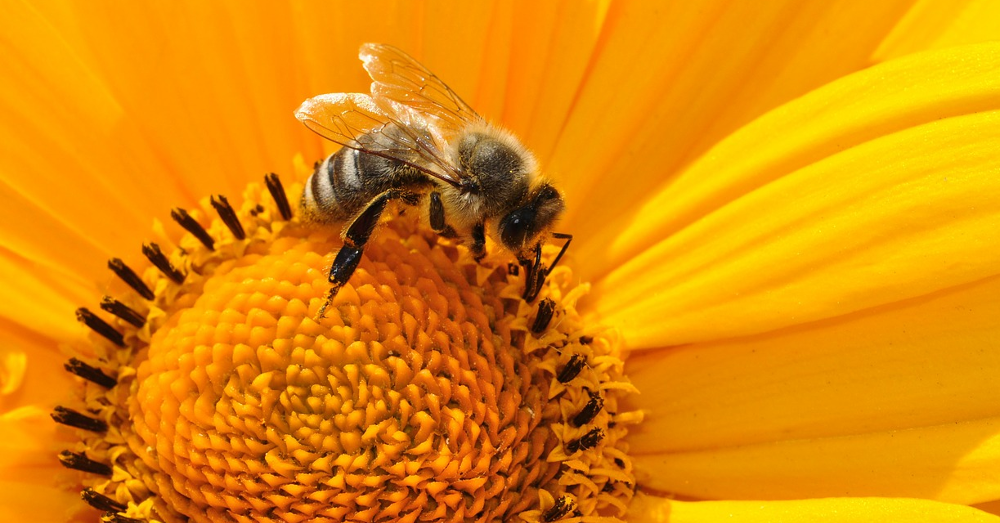
Alarming Link Between Fungicides and Bee Declines Revealed
Common fungicides are the strongest factor linked to steep declines in bumblebees across the US, according to the first landscape-scale analysis. The surprising result has alarmed bee experts because fungicides are targeted at molds and mildews – not insects – but now appear to be a cause of major harm. How fungicides kill bees is now being studied, but is likely to be by making them more susceptible to the deadly nosema parasite or by exacerbating the toxicity of other pesticides.
December 29, 2017 | Source: The Guardian | by Damian Carrington
Fungicides are found to be the strongest factor linked to steep bumblebee declines, surprising scientists and adding to the threats to vital pollinators
Common fungicides are the strongest factor linked to steep declines in bumblebees across the US, according to the first landscape-scale analysis.
The surprising result has alarmed bee experts because fungicides are targeted at molds and mildews – not insects – but now appear to be a cause of major harm. How fungicides kill bees is now being studied, but is likely to be by making them more susceptible to the deadly nosema parasite or by exacerbating the toxicity of other pesticides.
The widespread decline in bees and other pollinators is worrying because they fertilise about 75% of all food crops, with half of pollination being done by wild species. Pesticides, habitat destruction, disease and climate change have all been implicated in bee declines, but relatively little research has been done on the complex question of which factors cause the most damage.
The new study, published in the journal Proceedings of the Royal Society B, used machine learning statistical methods to analyse the role of 24 different factors in explaining the decline of four bumblebee species, tracked at 284 sites across 40 US states. These included latitude, elevation, habitat type and damage, human population and pesticide use.
“The ‘winners’ in predicting both nosema prevalence and range contraction were fungicides,” said Scott McArt, at Cornell University in the US and who led the new study. In particular, chlorothalonil, the most used fungicide in the US, was most strongly linked to nosema, while the total fungicide usage was the best predictor of losses of bumblebees.
“I was definitely surprised,” he said. “Fungicides have been largely overlooked.” However, a few lab-based studies have shown that fungicides can make nosema much worse in bees, probably by killing beneficial gut microbes. “We are showing the same thing is happening at the larger scale as people are showing in the lab.”
